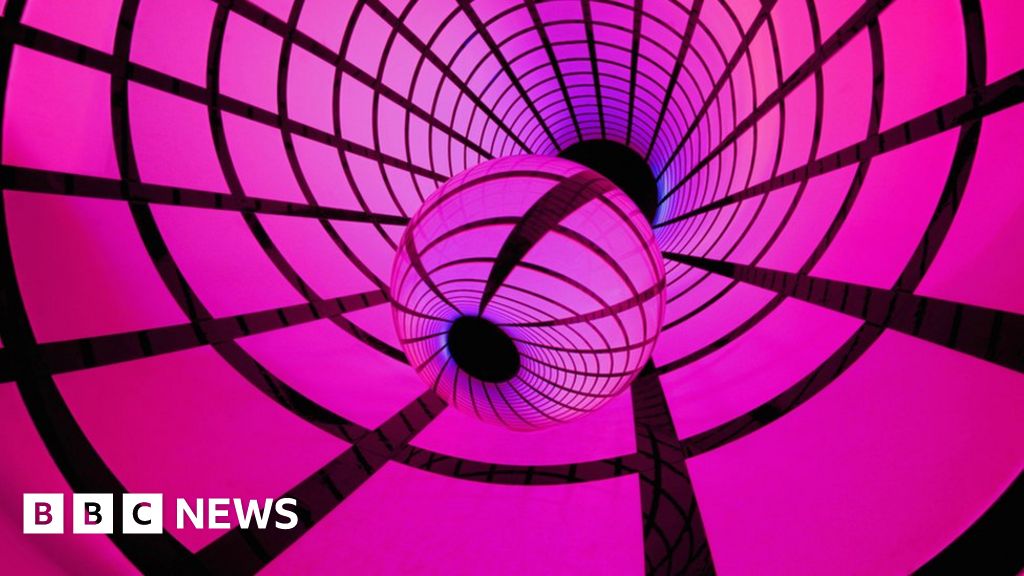The Royal Photographic Society has revealed the winners of its Science Photographer of the Year competition, which celebrates the stories behind scientific exploration and application.
The competition attracted more than 1,000 entries by amateur and professional photographers, from microscopic observations to images showing climate change in action.
The photographs are on display at a virtual exhibition, as part of Manchester Science Festival.
Here are the winning images, along with a selection of runners-up.
Winners
Science Photographer of the Year (General Science category): Orthophoto of SS Thistlegorm by Simon Brown
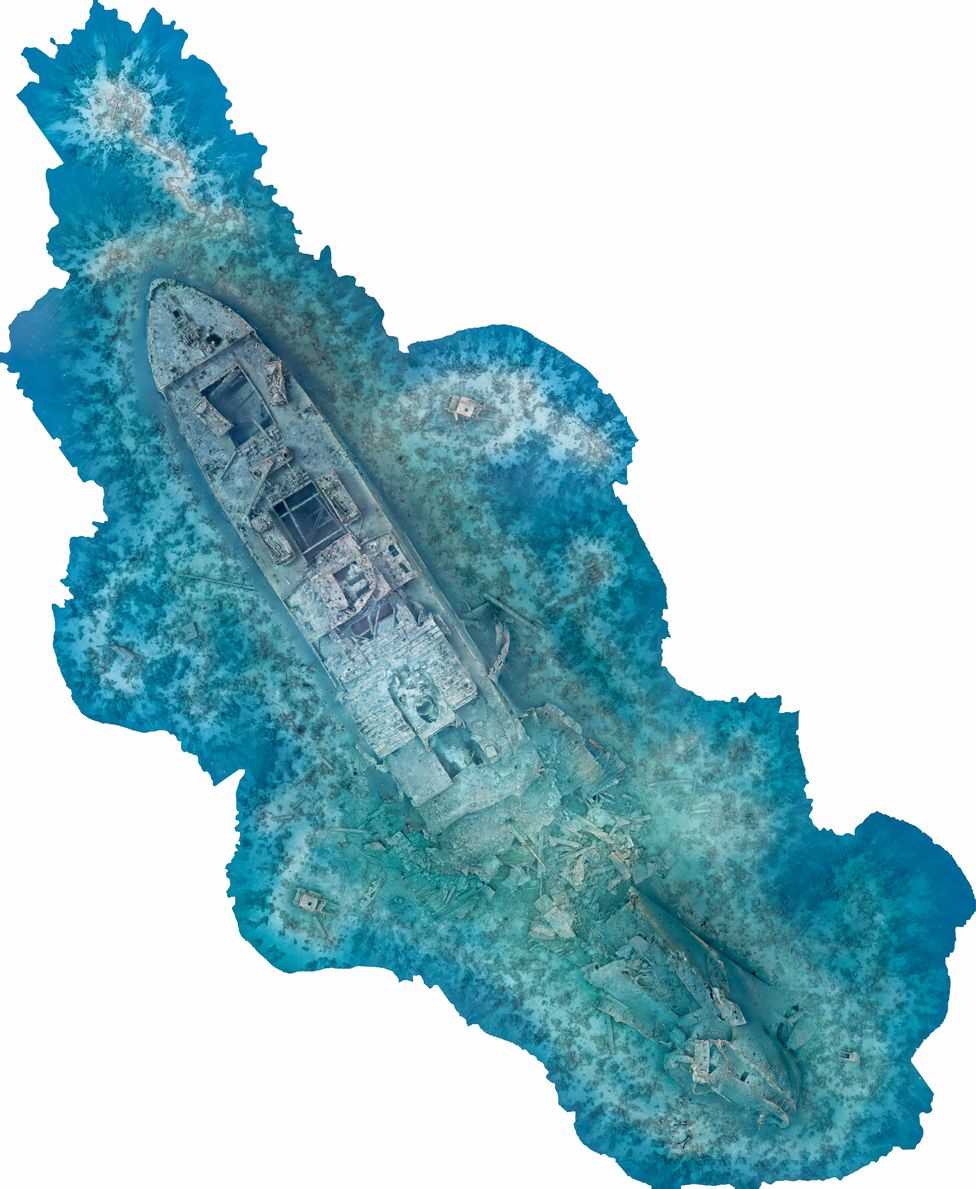

Simon Brown won the General Science category with an image of the wreck of SS Thistlegorm, a ship sunk in the Red Sea in 1941.
The ship is a well-known recreational diving site and is slowly becoming part of the local coral reef.
The image was made from 15,005 frames that were tagged with GPS data and merged together.
“Combining art with science is a perfect creative storm, where data and visual interpretation come together and present a view of the world in a completely new way,” said Brown.
An orthophoto is an aerial picture which has been adjusted so the scale is uniform.
Young Science Photographer of the Year (General Science category): Rainbow Shadow Selfie by Katy Appleton
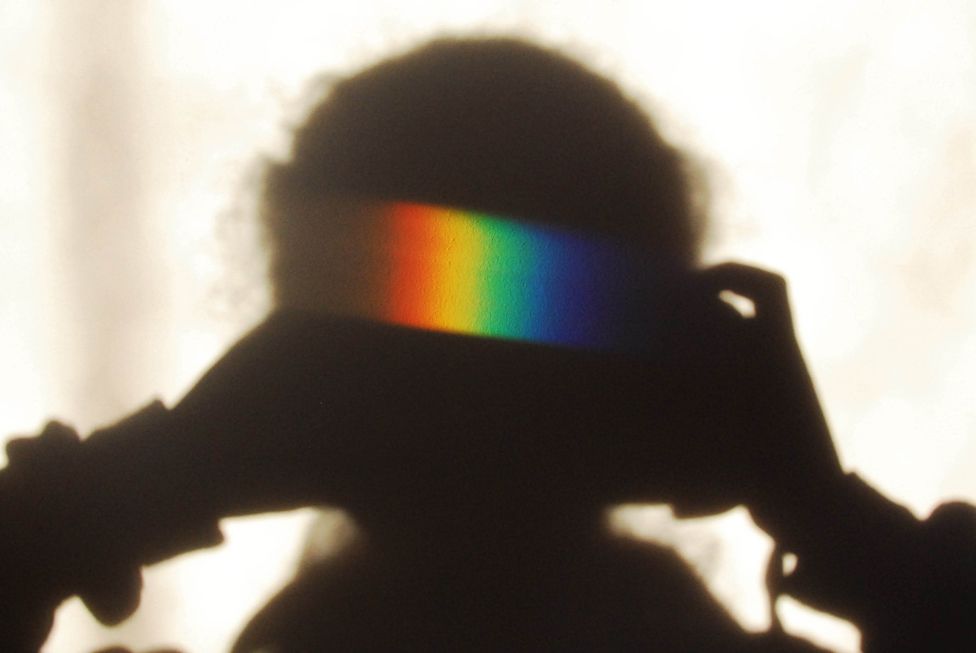

Katy Appleton’s image shows sunlight casting a spectrum on to a wall, having passed through a prism.
“I was very excited and surprised when I found out that my image had won,” Appleton said, after her success in the under-18s category.
“It is a very simple image and I think that this shows that anyone can take part in science photography, no matter their age or how much equipment they have.”
Science Photographer of the Year (Climate Change category): North Pole Underwater by Sue Flood
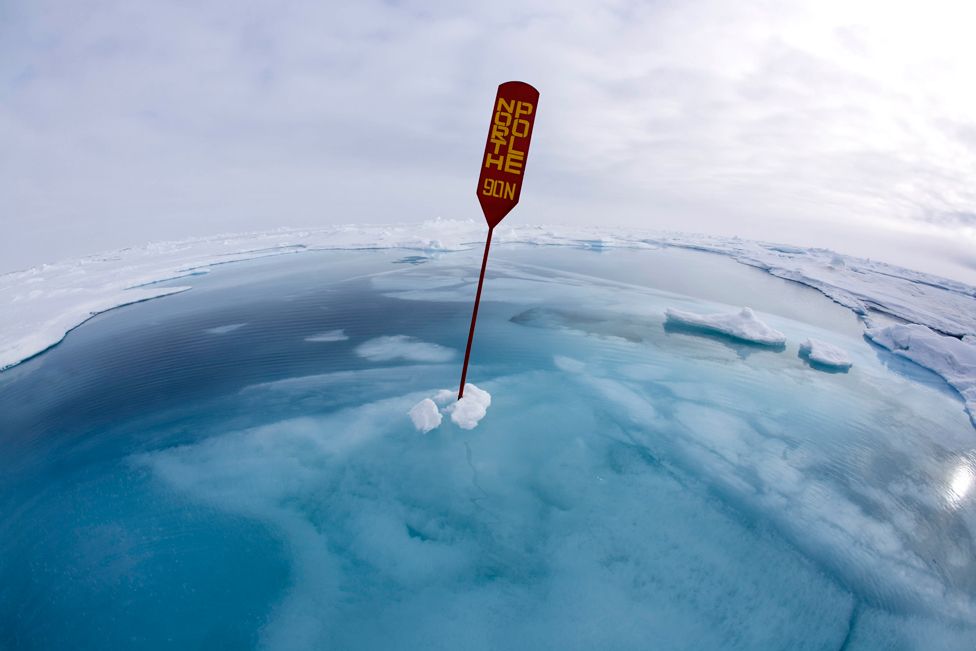

Sue Flood captured a geographic North Pole signpost protruding from submerged sea ice.
“Climate change is real and polar ice is melting at an alarming rate, posing a serious threat to wildlife and humans worldwide,” said Flood.
“I hope that many people will see the photograph and that it helps convey the need for urgent action on climate change – by individuals, companies and governments.”
Young Science Photographer of the Year (Climate Change category): Apollo’s Emissary by Raymond Zhang
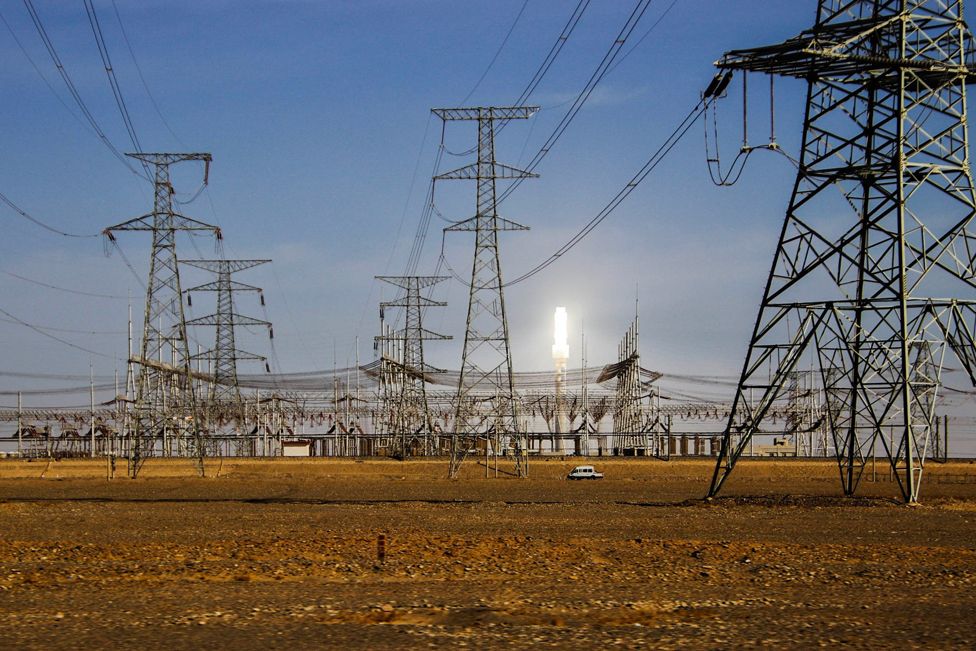

Raymond Zhang’s photograph shows a concentrated solar power station in China, where the heat from reflected sunlight is used to make steam to drive generator turbines.
“I am very excited about winning and hope that more young people like me can start to pay more attention to climate changes,” said Zhang.



Runners-up
Spherical Aberration by Richard Germain
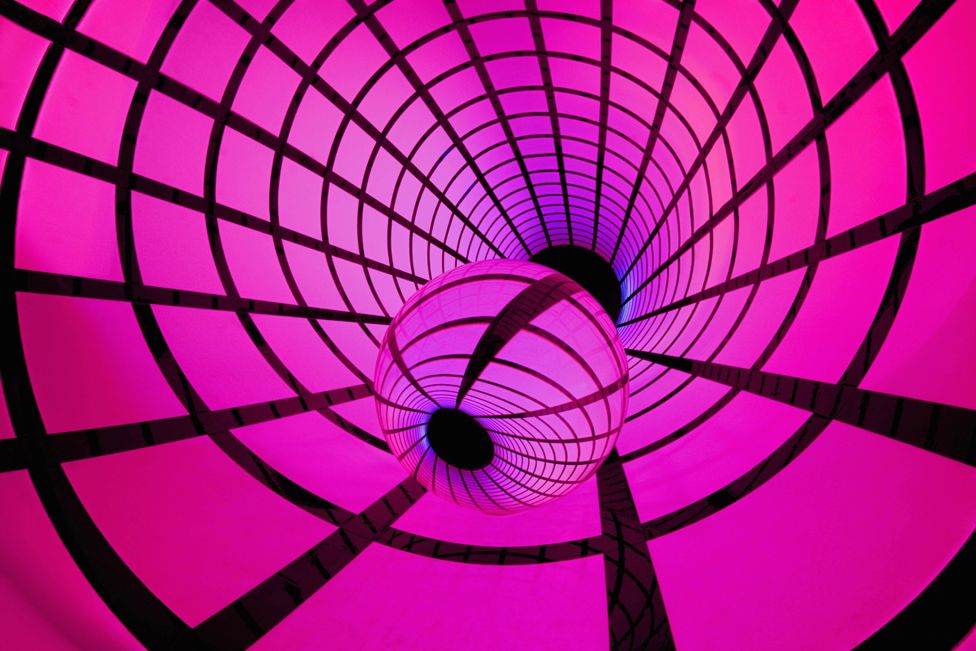

Richard Germain’s image shows a spherical lens placed inside a patterned tube, distorting the light passing through it.
Climate Change in Afghanistan by Solmaz Daryani
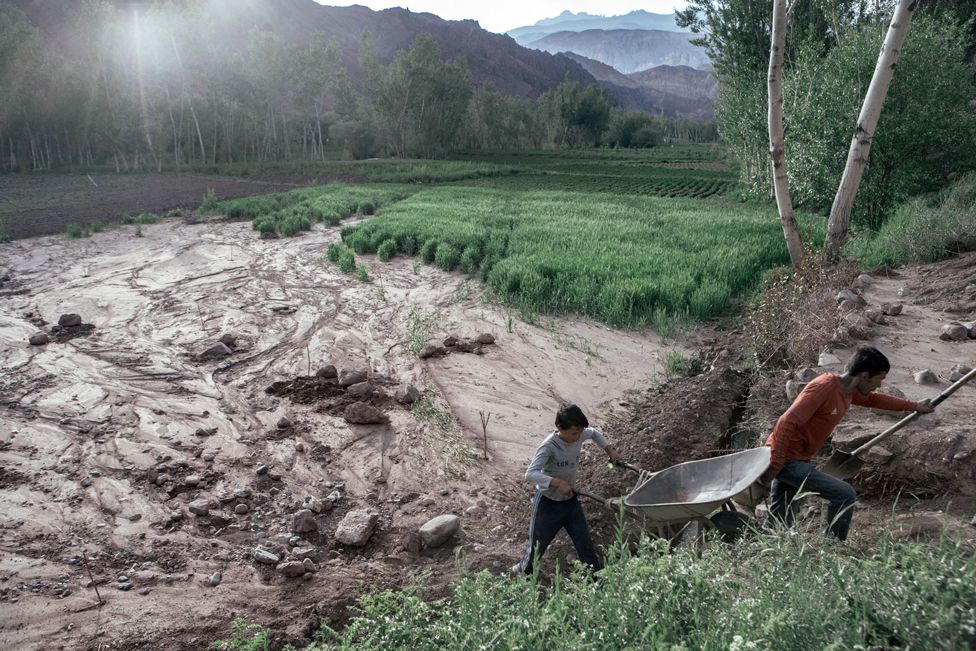

Solmaz Daryani’s photograph shows two boys trying to rescue their potato crop from a field in Bamiyan, Afghanistan, after a flash flood.
The Net Strangling the Ocean by Rafael Fernandez
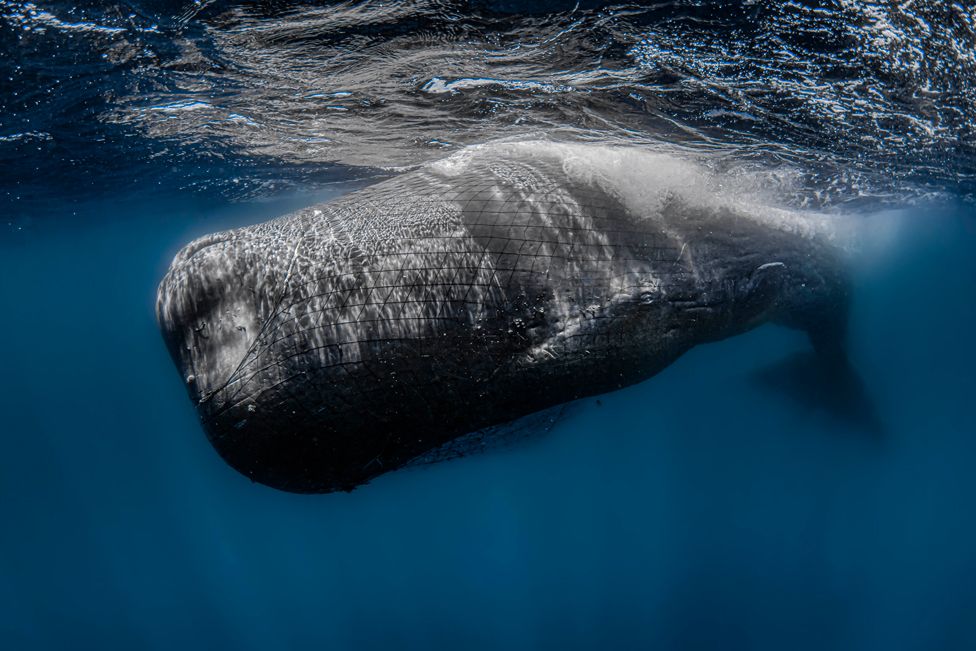

Rafael Fernandez’s image depicts a sperm whale tangled in a discarded fishing net.
Synlight Experiment by Christian Lünig


Christian Lünig photographed some of the 149 xenon arc lamps that form the Synlight experiment, in Jülich, Germany.
The lamps create a light intensity 10,000 times greater than the incident radiation from the Sun, and are used in experiments into making fuels, such as hydrogen from water.
Coral Bleaching by Wojciech Nawrocki
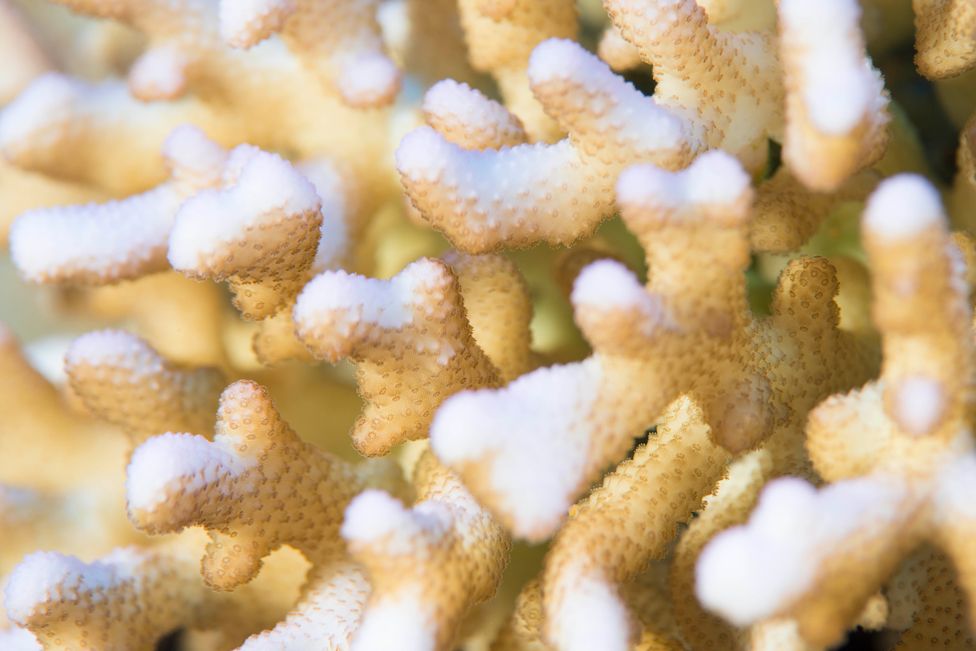

Wojciech Nawrocki captured a close-up view of coral that has been affected by bleaching.
An increase in water temperature can cause corals to expel algae living in their tissues, turning them white.
Lo Hueco by Nuno Perestrelo
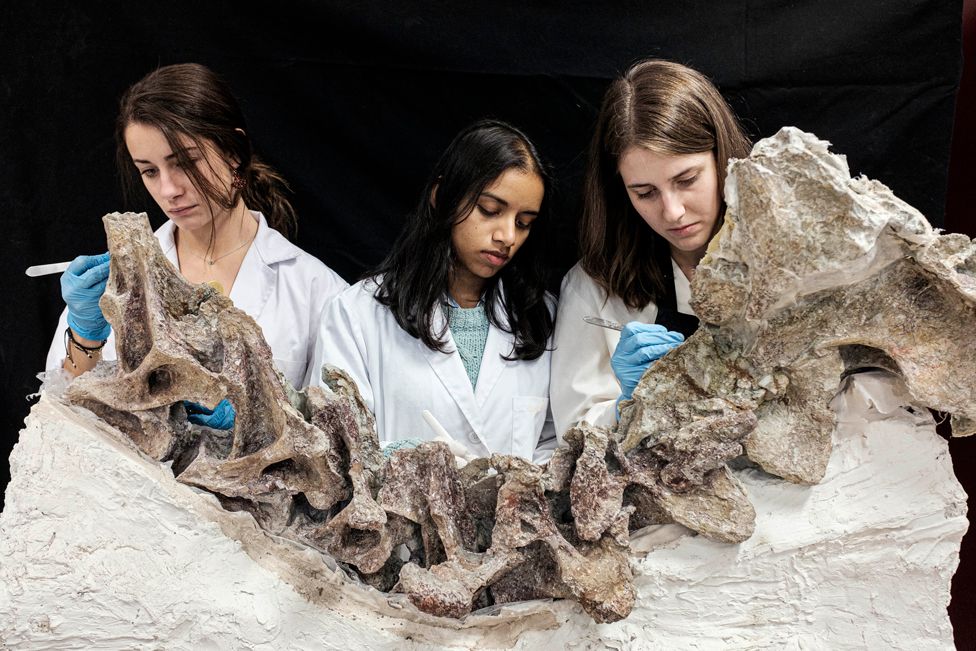

Nuno Perestrelo’s photo shows scientists carefully removing rock from the fossilised vertebrae of a dinosaur that was discovered in the Lo Hueco area, near Cuenca, Spain.



Images from the Royal Photographic Society’s Science Photographer of the Year competition are on display at Manchester Science Festival’s virtual exhibition, from 12 February until 2 May 2021.

